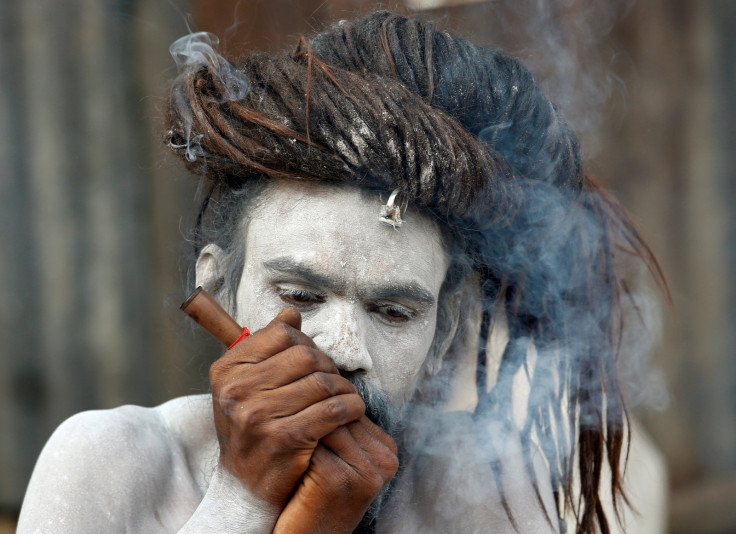Mystical or magical? Who are the Aghoris who feed on human brains and mate with corpses?
The Aghoris are both feared and revered for their unusual religious practices, aimed at attaining salvation.

The Aghoris of India have been a curious subject for many journalists, photographers, sociologists, religious groups and scientists for years because of their grisly ways of life — eating human flesh and mating with dead bodies, which people have tried to understand and portray to the world.
One such attempt by CNN has come under huge criticism in the US after a recently-aired episode of their documentary series Believers — focused on this mystical Indian religious sect — was accused of showing Hinduism in a bad light.
Author and presenter of the documentary, Reza Aslan, who was seen eating cooked human brains with some members of the alleged cannibalistic sect, is now facing the ire of Hindu groups based in the US. Although he claims the episode focused on Aghoris and not Hinduism, the Hindu groups alleged that the show will fuel hate crimes in the US that has cost two lives in the past two weeks.
However, oblivious to the worldly controversies, these mystical sadhus (ascetics) continue with their lives — high on cannabis and cannibalism (if you may say so).
Do they actually eat human brains and faeces, and have sex with corpses? Where do they live? What is their purpose of life? Who are the Aghoris?
IBTimes UK brings to you some fascinating insights into the lives of this mystical religious sect:
Aghoris derive their name from the Sanskrit word Aghora that means strangely unusual. They are a religious sect dedicated to Lord Shiva — the destroyer — and his better half Kali – the goddess of death.
The ultimate purpose of this sect is to attain salvation by uniting with their gods, which takes them through bizarre paths.

The sect traces its origin to Baba Keenaram, an ascetic from the 17<sup>th century who is said to have lived for 150 years. Lord Dattatreya, a form of Lord Shiva who is closely associated with the cremation ground, is believed to be a founding guru of the Aghori tradition.
The Aghoris mostly live in extreme conditions — from icy caves and hot deserts to dark dense forests — away from civilisation. They are also commonly seen around Hindu cremation grounds with ashes from burnt corpses smeared across their bodies.
They smoke weed like their deity Lord Shiva and use hollow human skulls as ornaments, utensils or for other purposes.
Varanasi, a religious city in the northern Indian state of Uttar Pradesh, is among their most common abodes, where they spend their days and nights meditating near the banks of the sacred River Ganges to attain unification with their god.
According to beliefs, worship of both Shiva and Kali calls for complete isolation from worldly ties and a high level of dedication. The Aghoris claim that their rituals — although deemed terrifyingly bizarre — are a test of their dedication to their god.
They believe that eating human flesh and their own faeces resemble shunning the ego and treating everything equally. Their nakedness symbolises freedom from material desires.

And, the highly contentious ritual of consummating with dead bodies represents their undivided attention to God. If their minds remain focused on their deity throughout the intercourse, their dedication is considered pure.
Their harsh rituals are a way for them to attain supernatural powers and to transcend their mortal self to divinity. Some Aghoris claim to have attained healing powers through years of perseverance. Although they are feared by many because of their secretive lives, they also have many followers –people who believe in the supernatural powers of these mystical ascetics.
© Copyright IBTimes 2025. All rights reserved.




















